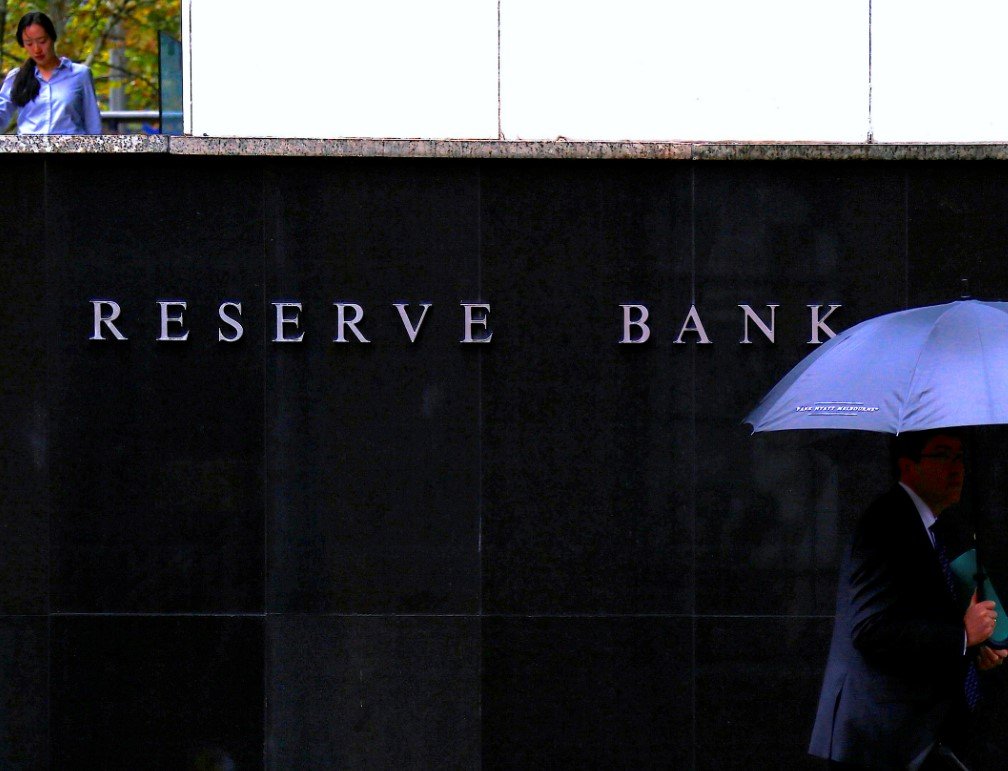The Reserve Bank of Australia (RBA) opted to maintain the cash rate at 4.35% for the twelfth consecutive month, even as inflation has inched back within its target range for the first time in over three years. For households feeling the pressure of high mortgage rates and rising living costs, the announcement offers little immediate relief but hints at potential cuts in early 2025.
Inflation Nears Target, But Not Enough to Ease Rates Yet
Recent data showed a modest cooling in inflation, with consumer prices rising 2.8% in the September quarter — a figure that finally aligns with the RBA’s target range of 2% to 3%. This easing marks the lowest inflation rate since 2021, signaling that previous rate hikes have taken effect. However, core inflation, measured by the trimmed mean, remains slightly above target at 3.5%, underscoring that some areas of inflation are still a concern for the RBA.
The central bank acknowledged these mixed signals in a statement, noting, “Policy is currently restrictive and working broadly as anticipated. But there are uncertainties.” RBA Governor Michele Bullock emphasized that the Board’s primary objective remains a “sustainable return to inflation within the target range.”

Job Market Resilience Adds Complexity
The strength of Australia’s job market has further complicated the central bank’s decision-making. Unemployment remains at historic lows, buoyed by strong job creation, even as consumer spending has shown signs of weakening. Retail sales and other spending indicators from the Australian Bureau of Statistics paint a picture of households scaling back, likely due to high mortgage rates.
Federal tax cuts designed to increase disposable income have provided some relief, yet consumers appear cautious. This caution, economists suggest, may reflect the tight grip that interest rates continue to have on household budgets. Despite signs of economic resilience, the RBA is maintaining a cautious stance, as a drop in interest rates now could risk re-igniting inflationary pressures.
Mortgage Stress Nears Record Levels
One critical factor adding urgency to the debate around interest rate cuts is the rising mortgage stress among homeowners. A survey by Finder found that nearly half (47%) of homeowners reported struggling to meet their mortgage repayments in October. With no reprieve in interest rates, the burden remains high, particularly on those who entered the property market recently and faced the sharp rise in borrowing costs.
“While inflation is cooling, the RBA’s stance shows they’re being very careful not to ease up too early,” noted Sean Langcake, Head of Macroeconomic Forecasting at Oxford Economics Australia. “The rise in services prices, including health, education, and insurance, is still outpacing expectations, adding a uniquely Australian layer to inflationary pressures.”
Global Pressures and Future Economic Forecasts
The RBA is also keeping a close watch on global economic trends, which have been turbulent. Geopolitical issues, including tensions in Europe and the Middle East, coupled with economic uncertainties in China and the U.S., mean that Australia’s economic policy cannot operate in isolation. Australia’s reliance on exports and trade flows makes it particularly sensitive to such global dynamics.
The RBA’s decision to hold rates despite cooling inflation is consistent with its mandate to ensure price stability while maintaining full employment. Longer-term inflation expectations remain steady, a crucial factor that has so far allowed the bank to resist additional rate hikes.
Are Rate Cuts Coming in 2025?
Amid these economic complexities, there is a glimmer of hope for rate relief in the near future. The heads of Australia’s four major banks have indicated a belief that the RBA could begin to cut interest rates as early as February. Economists are split on the timing, but most agree that a rate cut by mid-2025 is increasingly likely, provided inflation remains in check and economic conditions stabilize.
Finder’s head of consumer research, Graham Cooke, shared a cautiously optimistic outlook. “The good news is that 2025 will almost definitely bring multiple rate cuts,” Cooke noted. “There’s a light at the end of the tunnel for those currently facing mortgage stress.”
Meanwhile, Treasurer Jim Chalmers remains cautiously optimistic, describing the country’s economic recovery as “welcome, encouraging, and heartening.” However, he acknowledged the hardship that many Australians continue to face, emphasizing that the government is committed to managing inflation while supporting economic resilience.
Balancing Act: Inflation Control vs. Household Relief
For the RBA, the balancing act continues: maintaining a strict approach to inflation while considering the toll on household finances. As the central bank navigates this delicate balance, it is mindful that any premature easing could risk undoing progress. Yet the question of timing looms large, especially as cost-of-living pressures remain front and center for most Australians.
The RBA’s strategy appears aimed at ensuring long-term stability over immediate relief, a stance that may not be popular in the short term but could yield benefits in the long run. As Langcake points out, “Keeping inflation expectations anchored is essential. Allowing inflation to rise again would make it harder to lower interest rates in the future without sparking another inflationary cycle.”
In the meantime, Australia’s economic landscape will continue to test both the resilience of consumers and the patience of policymakers. In particular, as the countdown to 2025 begins, mortgage holders and investors will be watching the RBA closely, hopeful that the anticipated cuts arrive as predicted. Until then, the status quo may persist, with the RBA remaining cautious and steady in the face of an uncertain global and domestic landscape.
